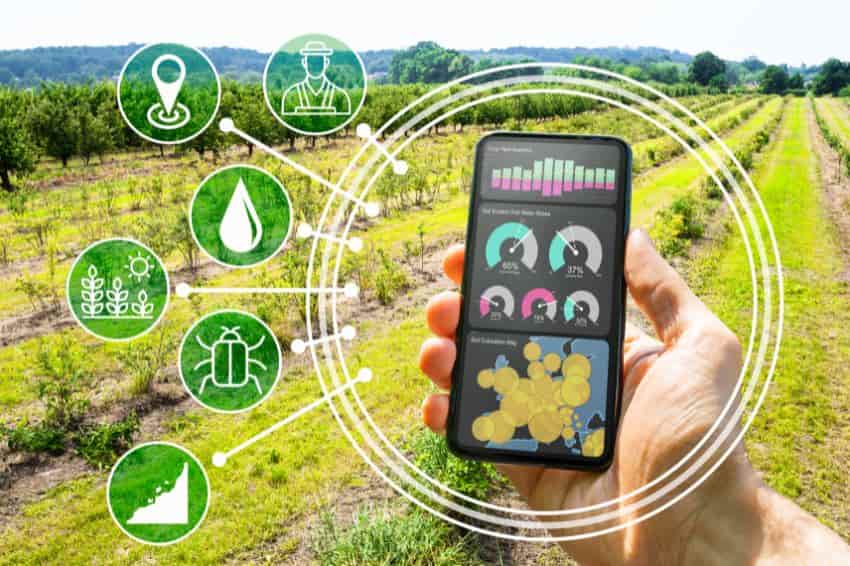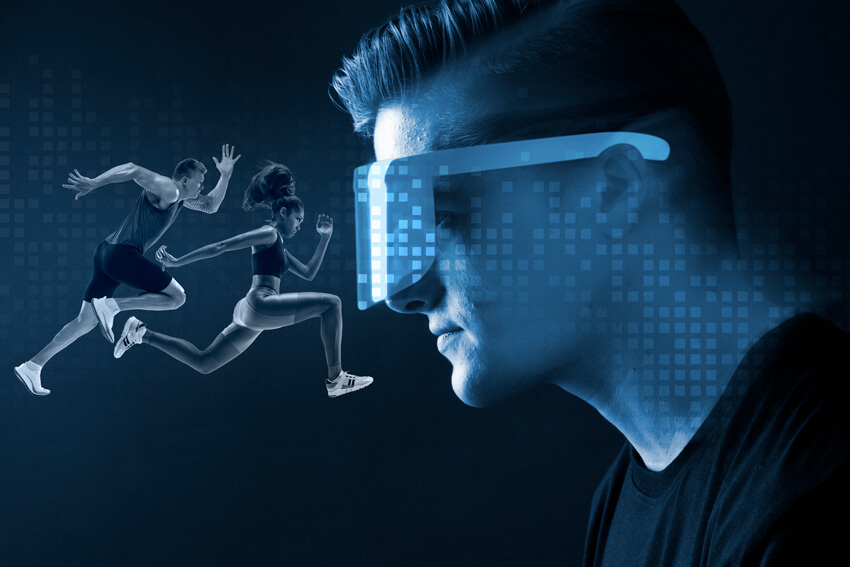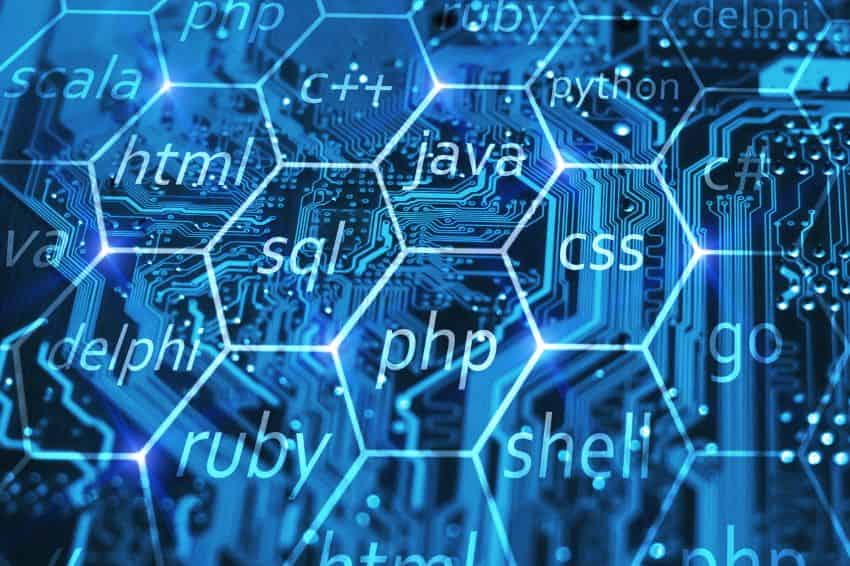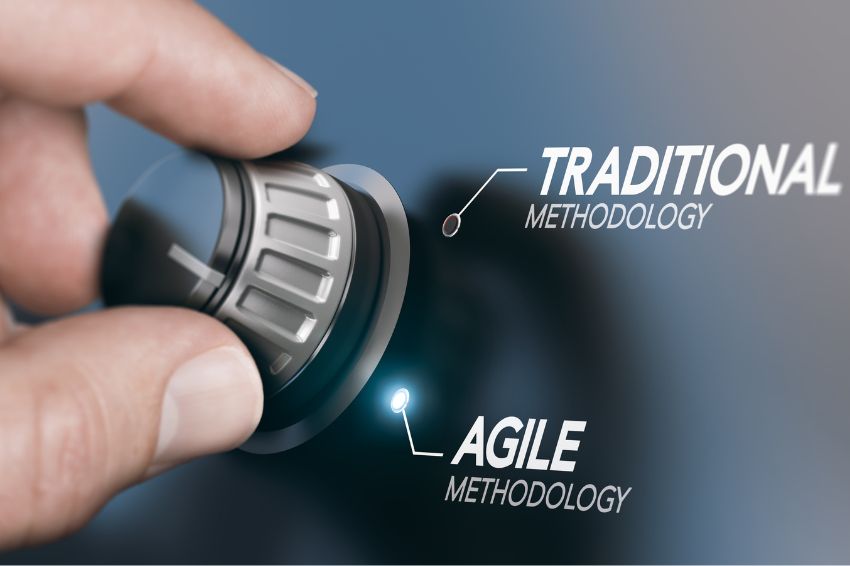Probably you have heard about smart agriculture, and the increasing interest in using advanced technology in this sector. This is why we wanted to talk in this article about the role of IoT in smart farming, its benefits, and the challenges that this market is presenting.
Farming has been an essential part of human civilization for centuries, and technology has played a vital role in shaping the way we grow and harvest crops. With the growth of the Internet of Things (IoT), the agricultural industry has undergone a significant transformation.
What is IoT farming?
IoT farming, or smart farming is a concept that uses IoT devices and applications to make agriculture more efficient and effective, reducing waste of resources, and increasing crop yields. This practice has become increasingly popular in recent years.
Smart farming IoT involves the integration of several technologies:
- Top IoT sensors.
- GPS trackers.
- Robotics (For instance, drones).
- Applications.
Thanks to these elements, farmers can rely on farm IoT data to make data-driven decisions for the benefit of the crops. Since these technologies help them to foster precision agriculture, better results can be expected when using IoT devices .
IoT sensors like temperature, humidity, and air quality deliver a clear picture of the current conditions of the crops. GPS trackers allow farmers to know in real time the location of the different assets that are being used in the field.
Robotics also play an important role in plant spacing, monitoring, lifting heavy materials, de-leafing, pruning, identifying ripe fruits or vegetables, and harvesting. They can work autonomously, and aren’t exposed to potential threats like dangerous animals or accidents in the collecting process:
Applications are also crucial for processing data. IoT farming requires reliable platforms or software that can easily process and analyze collected data from the IoT devices. IoT and cloud computing play an important role in this task.
The Importance of Smart Farming IoT
The integration of IoT in smart farming is crucial to its success. The use of IoT enables farmers to collect real-time data from their farms, such as soil moisture levels, temperature, and humidity. This data is then analyzed using artificial intelligence (AI) to provide farmers with insights into their farming operations. Farmers can use this data to make informed decisions about when to plant, fertilize, and harvest crops.
The amounts of data collected will be useful for forecasting the production for the next weeks, or even months.
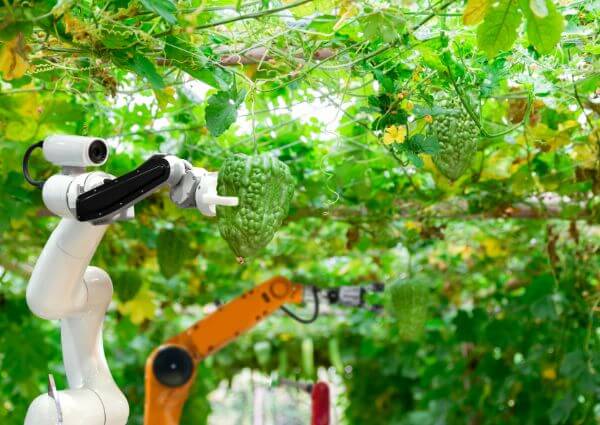
Smart farm IoT also enables farmers to automate various farming operations, such as irrigation, pest control, and fertilization through automated IoT devices. This automation not only saves time but also reduces labor costs, and potential threats.
Imagine being able to identify anomalies in the growth with the help of predictive analytics, then, several adjustments can be made to ensure the yield of the crops.
Another important aspect of IoT in smart farming is the possibility to reduce greenhouse gas emissions by implementing better practices of pesticides and fertilizers’ use.
Thanks to smart farm IoT, there will be a better use of chemicals and crop rotation, thus, taking care of the soil’s fertility and the environment.
Challenges of IoT in Smart Farming
Despite the benefits of IoT in smart farming, there are several challenges that the market is presenting. One of the main challenges is the cost of implementing IoT technology.
Many farmers operate on tight margins, and the cost of implementing IoT technology can be a barrier to entry for some. This is where it is necessary to develop new technologies that are affordable for smart farmers. A good IoT product development consulting can be useful for this mission.
Another challenge is the complexity of IoT technology. Farmers need to have a certain level of technical expertise to use IoT devices effectively. The complexity of the technology can be overwhelming for some farmers, especially those who are not tech-savvy.
In this case, it is necessary to build products and platforms that are user friendly, and that provide the best experience for being used and repaired. Another solution is to hire people that have knowledge in robotics and platform data management.
Finally, IoT farming could present a lack of standardization in IoT technologies. Companies use different IoT communication protocols to build their smart farming solutions, which can make it difficult to integrate them with other products. This lack of standardization can lead to compatibility issues and make it challenging to create a cohesive IoT ecosystem for smart farming.
We hope you liked this article about the role of IoT in smart farming. These are just some ideas of what the Internet of Things can do in agriculture, but there is still a lot more to explore and develop in this area.

